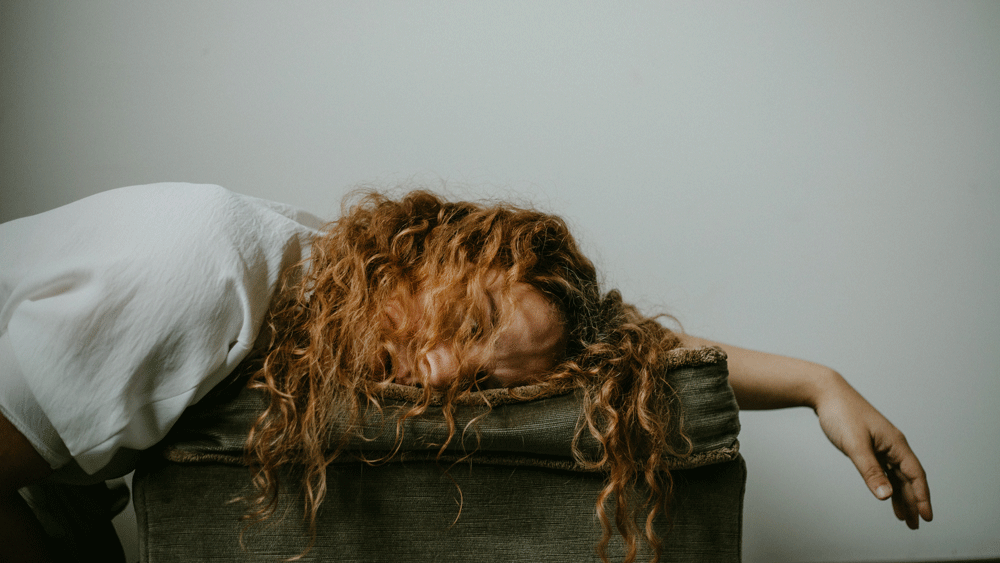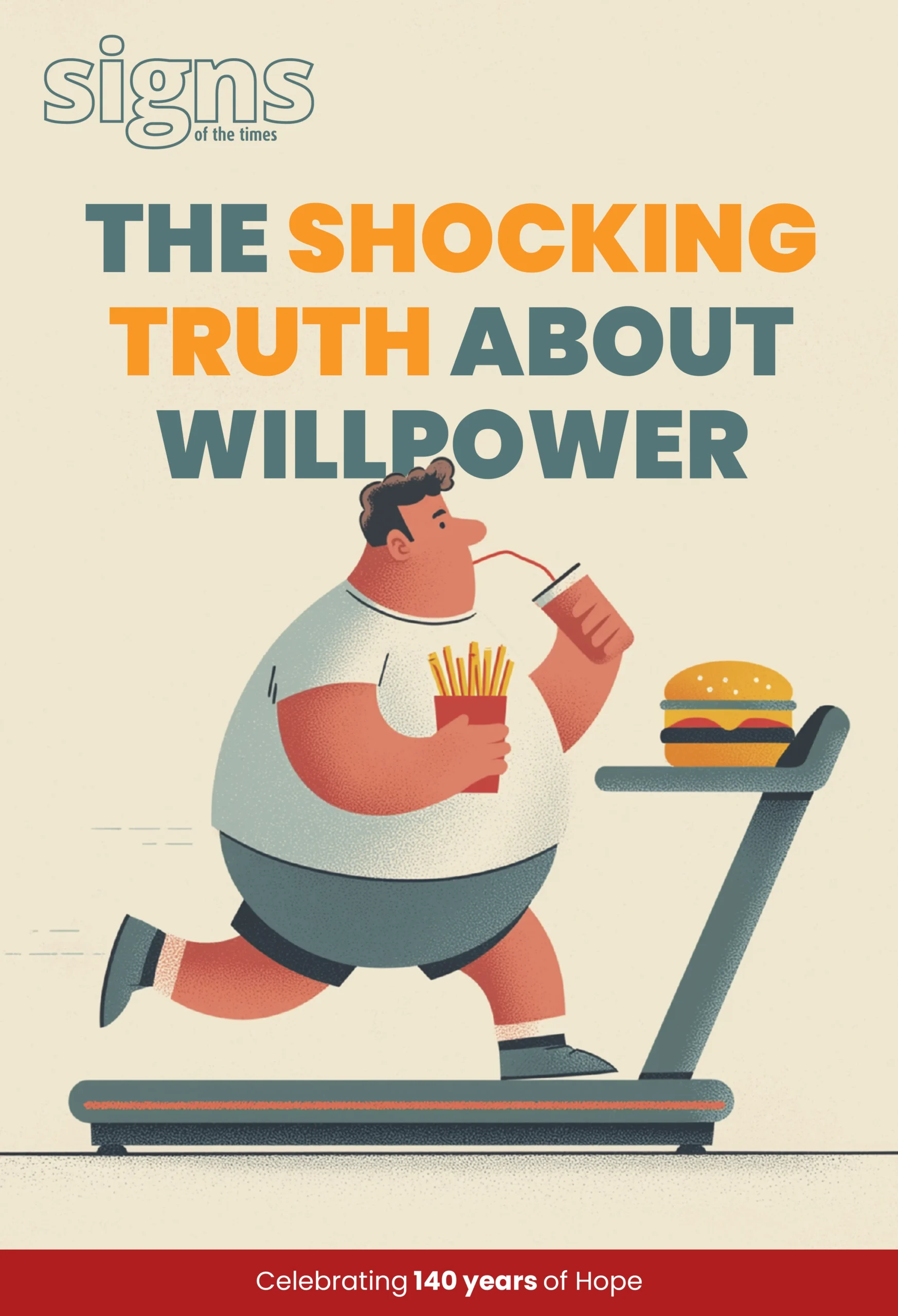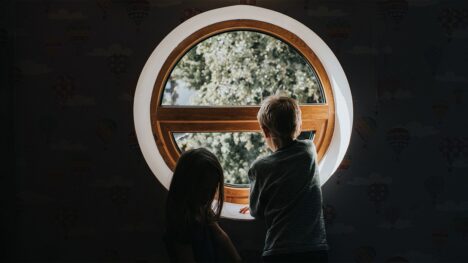
I consider myself a fairly honest person. But when someone asks that innocent question, “How are you?” I’m often tempted to twist the truth. Don’t get me wrong, most of the time, I am pretty good. But there have been moments I have been upset and seasons where I’ve been struggling, and when this question has been asked, my instinct has been to keep whatever I’m going through to myself. Hence, I have responded, “Good thanks. How about you?”
Our culture is obsessed with the pursuit of happiness. The self-help industry has exploded in recent years, reaching record levels and is only projected to continue to grow. There are books, articles, podcasts, webinars and apps that give us tips on how to be happier. “How to be happy;” “what is the key to happiness?;” “habits of happy people;” “how to be happy alone?;” and “how to stay happy when stressed” are among the most popular Google searches.
Helen Russell, journalist and author of How to be sad: everything I’ve learned about getting happier by being sad better, spent much of her career writing about happiness. But she discovered there was reluctance to being sad and that we could experience more happiness if we learnt to embrace our sadness. She said while many of us know intellectually that being sad is expected, we’re not always brilliant at allowing for it. Instead, we have various crutches to avoid the pain and say sorry when we cry, as if we believe our tears are burdening others.
Often people ask big questions about happiness when they are going through great disappointment or loss, such as after losing a loved one, receiving a diagnosis or coming out of a bad breakup—situations in which sadness is the appropriate response. Perhaps instead of motivating our way out of these moments as quickly as possible, there’s a time to just be sad for a while, a benefit to being sad and maybe with the right strategies we can be sad, better.

Defining sadness
When I say sadness, I mean the temporary emotion we feel due to disappointment, dissatisfaction or loss that often passes with time or support. We will all experience this. Sadness is different from depression, which is a cluster of symptoms that persist over time.1
Sadness also differs from grief, which is a complex emotional response due to significant loss. Grief encompasses a range of feelings such as shock, anger, denial and guilt, and tends to be a more intense and prolonged emotional experience.2
We all know those people who run away from feeling sad. They don’t cry, they turn away from sad scenes in movies and they freeze up when conversations get deep. We also can understand why. Sadness feels uncomfortable and intrusive. In many parts of our lives, there is this idea that if something is wrong, we must fix it. So, when sadness arises, we try to fix it with a “keep calm and carry on” approach. Harvard psychologist Daniel Wegner says this approach to negative emotions isn’t working and can have real ramifications. His research shows when it comes to feelings like sadness, the reflex to put on a happy face can actually make us feel worse.
The University of New South Wales found that there are a number of positive things that come out of sadness. “Though much has been made of the many benefits of happiness, it’s important to consider that sadness can be beneficial, too. Sad people are less prone to judgement errors, are more resistant eye-witness distortions, are sometimes more motivated, and are more sensitive to social norms. They can act with more generosity, too,” said Joseph P Forgas, professor of psychology.3 Charles Darwin also denied the usefulness of tears but studies show that crying can be an effective way to recover from strong emotions and help remove stress hormones such as cortisol.

(Credit: Tessa Rampersad, Unsplash)
Dealing with it
So, how can we own our sadness and be sad better? The first step is to stop fighting it. Many things we do in response to sadness are attempts to anaesthetise ourselves and avoid the pain. We do this by keeping ourselves busy, drinking alcohol, not eating enough, overeating, exercising too much, and so on. These coping strategies can sometimes look good on the surface but are really our way of running from difficult emotions.
The next thing we can do is process what we are feeling. See if you can sit with your feelings of sadness, even if just for a couple of minutes.
Opening up to other people when we’re feeling blue helps, too. Having at least one person we can be honest with can be really helpful. The moments where we are vulnerable about what we are feeling are often the moments we feel most deeply connected with people in our life. Speaking about things also helps to alleviate emotions and heal.
Other things can help, according to science. Music and poetry have been shown to reduce stress and can be good companions in our sadness. Books and films can also broaden our perspective and help us feel less alone.
Learning from other cultures
Western countries are outliers in their desire to minimise and avoid sadness, but other cultures have learnt to accept and embrace it. In Japan, individuals embrace it as a natural part of the human experience. Their culture encourages emotional expression through traditional arts like haiku poetry and theatre, which often explore themes of loss. In Russia, there is value placed on being sad as it makes you a better person. In Africa, when someone experiences sadness, the community gathers to express emotions openly and seeking help is seen as a sign of strength rather than weakness. New Zealand’s Māori culture involves singing and chanting to express a range of emotions. These practices are often used during funerals and other significant life events to process and honour emotions.

(Burning of bodies in Varanasi, India. Photo credit: Parker Hilton, Unsplash)
Hard, but important
While sadness may not be pleasant, there is purpose to be found in it, and we can learn to sit with it and move through it in a healthy way. We don’t want to sit in that space forever, but during difficult times it can feel unfathomable to look on the bright side, bounce back or keep calm and carry on . . . as cultural lingo suggests.
Meik Wiking, CEO of the Happiness Research Institute, said, “In any human life there are going to be periods of unhappiness. That is part of the human experience. Learning how to be sad is a natural first step in how to be happier.” This rings true in the scriptures when we read, “In this world you will have trouble” (John 16:33) and “There is a time for everything . . . a time to weep and a time to laugh, a time to mourn and a time to dance.” (Ecclesiastes 3:1,4).
Sadness might not be a wonderful feeling, but it is important. While pursuing a life of happiness is admirable, we must be realistic and acknowledge that sometimes the unexpected happens, and being sad for a while is okay. Sometimes there needs to be a bandwidth to say, “Maybe I’m not supposed to be happy right now.”
Ironically, if we allow ourselves to be sad, we might be able to be happier in the long run. Because the research shows, you can’t have happy without sad.
Zanita Fletcher is a life coach and assistant editor for the Australia/New Zealand edition of Signs of the Times. She writes from the Gold Coast, Queensland.
- American Psychiatric Association, Diagnosis and Statistical Manual of Mental Disorders, 5th ed. Washington, DC: American Psychiatric Association, 2013).
- Brené Brown, Atlas of the Heart: Mapping Meaningful Connection and the Language of the Human Experience. New York, Random House, 2021.
-
Joseph P Forgas, “Four Ways Sadness May Be Good For You,” Greater Good Science Center, June 4, 2014.









